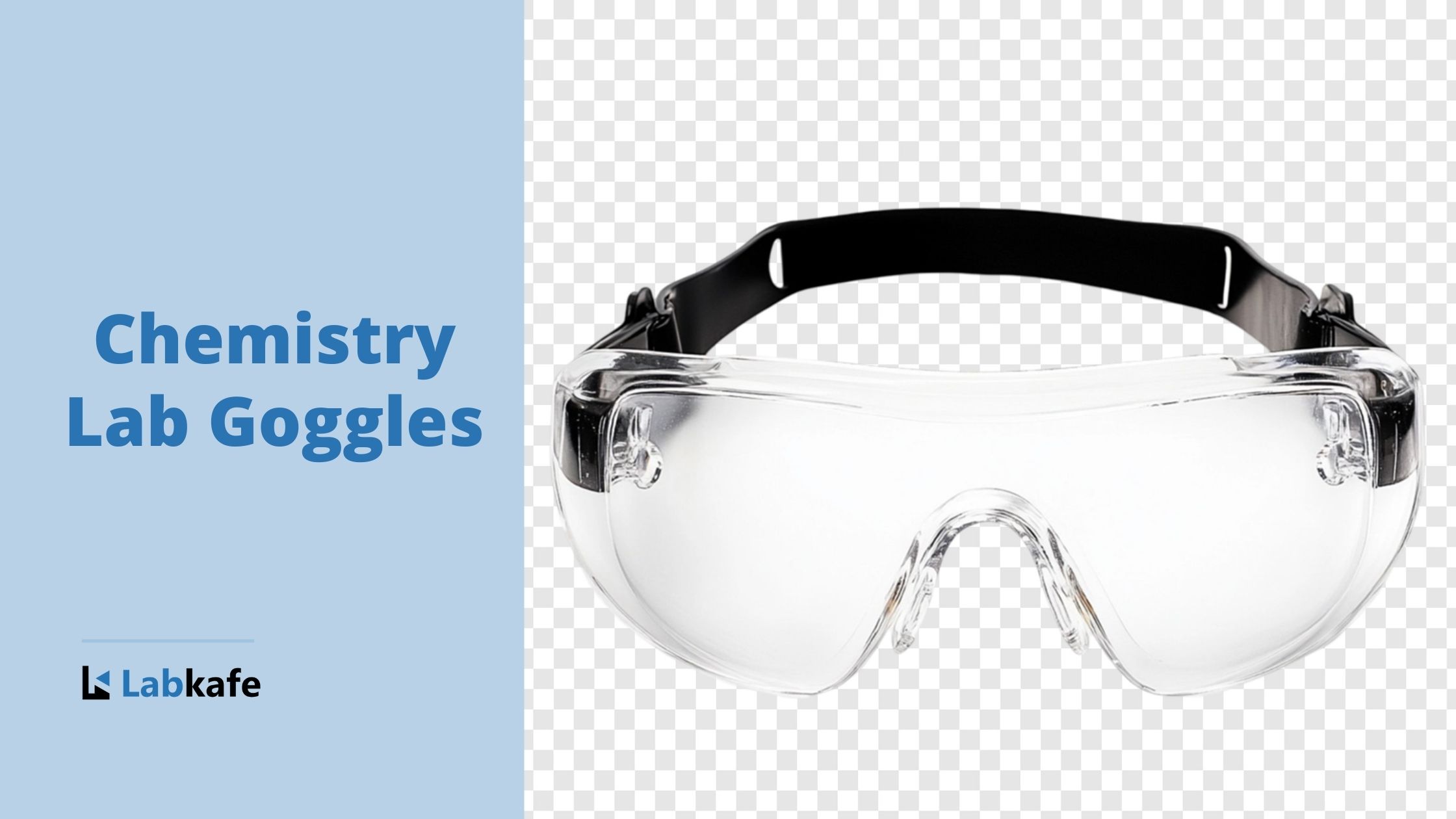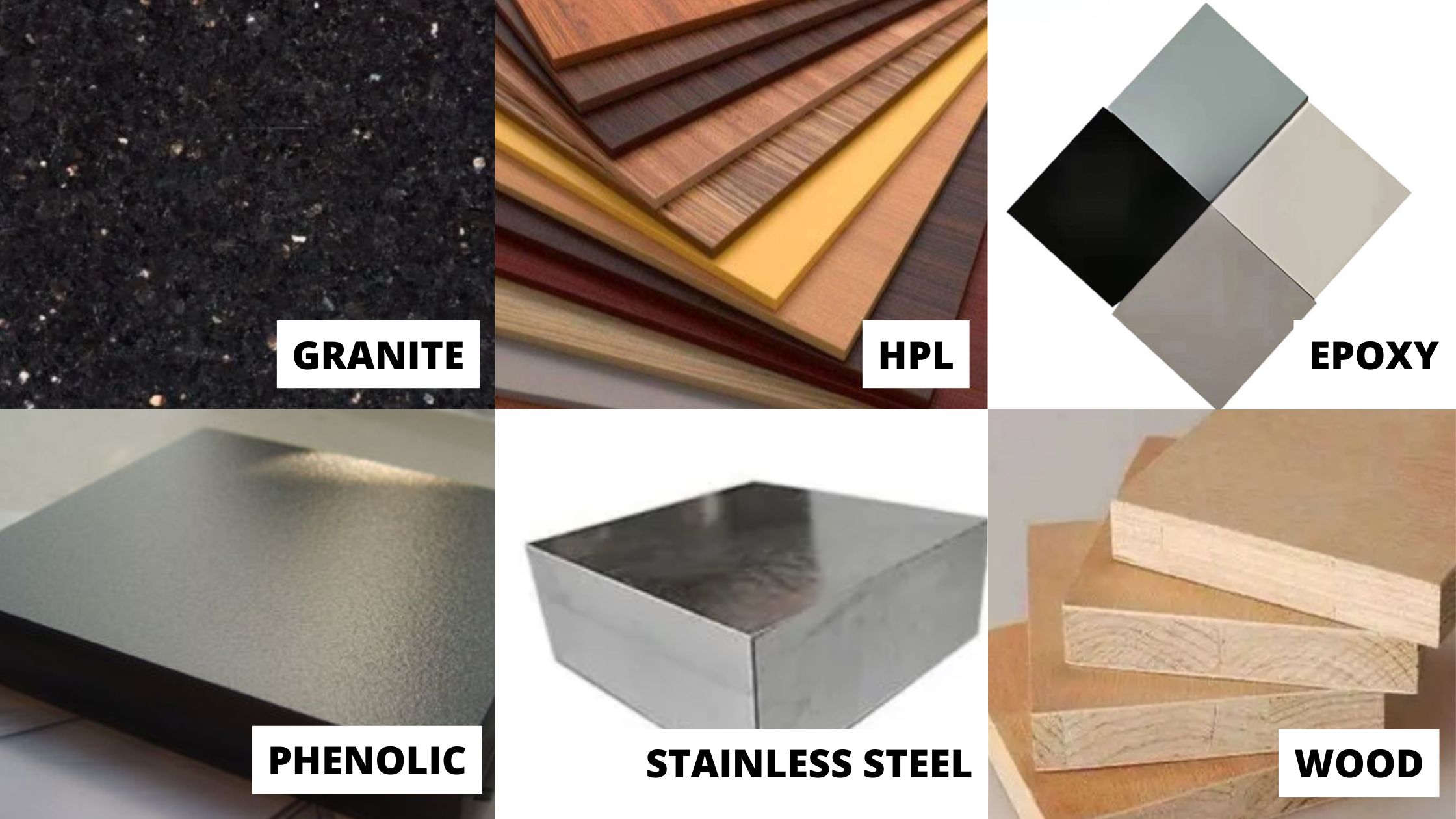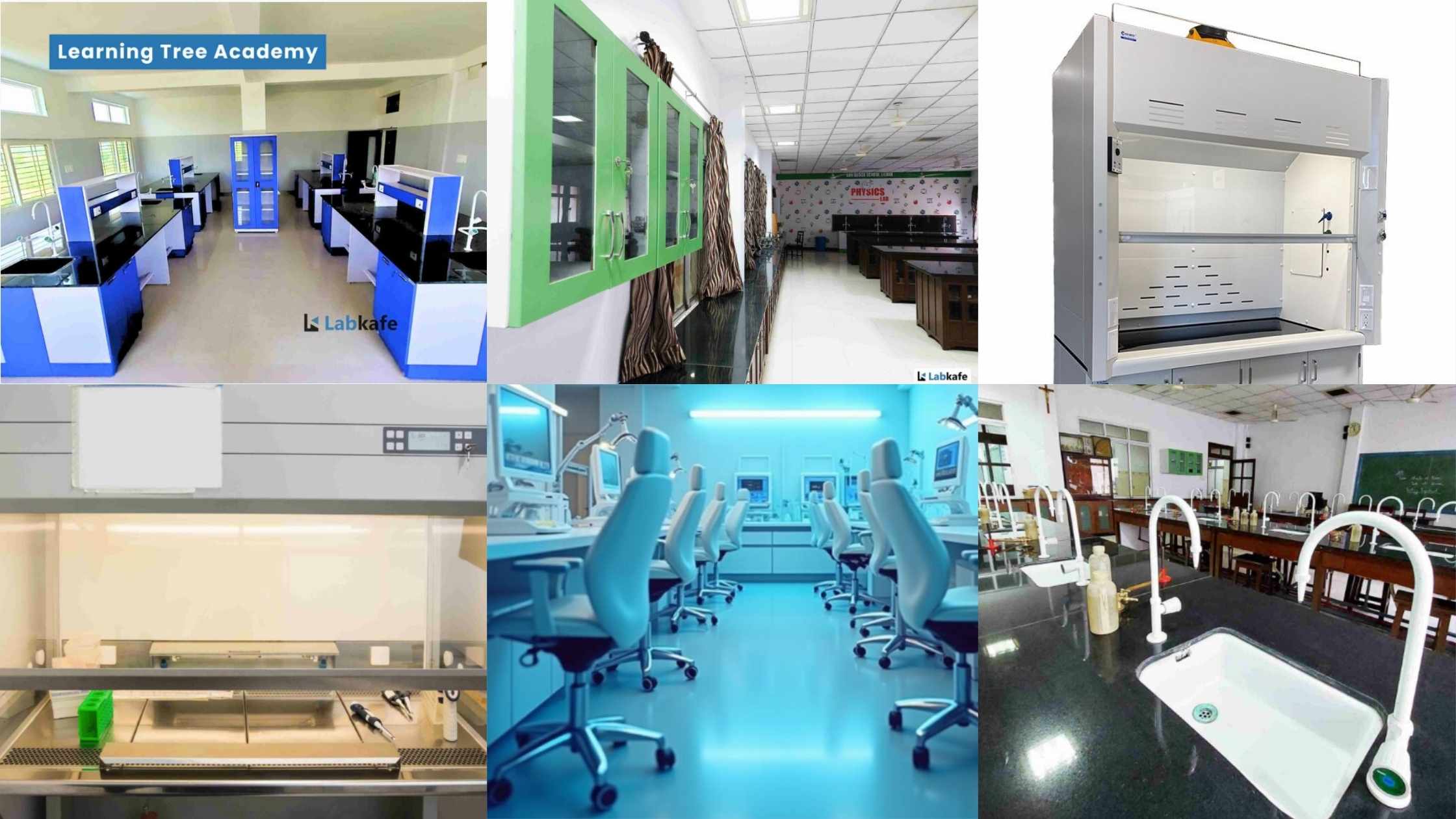What is a water bath?
A water bath is a lab constant temperature equipment, providing heat source for varieties of devices that need heating. The circulating water bath is used to keep water at a constant temperature for incubating samples in a laboratory.
Uses of Water bath:
A laboratory water bath is used to heat samples. Some applications include maintaining cell lines or heating flammable chemicals that might combust if exposed to open flame. A water bath generally consists of a heating unit, a stainless-steel chamber that holds the water and samples, and a control interface. Different types of water baths offer additional functionality such as a circulating water bath that keep a more even temperature or a shaking water bath that keeps the samples in motion while they are heated.
The inbuilt anticorrosion circulating pump can provide circulating constant temperature heat source for glass reactor and rotary evaporator. The liner of Lamphun GY series circulating water bath is made from imported stainless steel, shell is made from excellent cold rolled steel sheet spraying plastics, and electric heated tube plays function of enhancing heating speed in conduction oil. It is protected by heat insulation cotton, and Lamphun has improved the instruments, we use smart PID constant temperature heating device, double-screen LED temperature-controller is widely praised for its accuracy temperature control and controllable output flow.

What is to be considered when choosing a water bath?
Things to consider include the bath’s temperature range, capacity, whether there is a cooling option, how easy it is to clean, and whether it is a shaking or circulating water bath.
Types of water bath:
- A shaking water bath in action
- Circulating water baths
Circulating water baths:
Also called stirrers, are ideal for applications when temperature uniformity and consistency are critical, such as enzymatic and serologic experiments. Water is thoroughly circulated throughout the bath resulting in a more uniform temperature.
Non-circulating water baths:
This type of water bath relies primarily on convection instead of water being uniformly heated. Therefore, it is less accurate in terms of temperature control. In addition, there are add-ons that provide stirring to non-circulating water baths to create more uniform heat transfer.[4]
Shaking water baths:
This type of water bath has extra control for shaking, which moves liquids around. This shaking feature can be turned on or off. In microbiological practices, constant shaking allows liquid-grown cell cultures grown to constantly mix with the air.
Some key benefits of shaking water bath are user-friendly operation via keypad, convenient bath drains, adjustable shaking frequencies, bright LED-display, optional lift-up bath cover, power switch integrated in keypad and warning and cut-off protection for low/high temperature.
Constant temperature water baths generally contain an immersed electrical heating arrangement with a thermostat for its control. Also in use are the simple type constant temperature baths heated by an electrical lamp or heating coil, which can be slid into and out of a metal pocket inside the water bath submerged at its bottom. Students jar baths used in various experimental laboratories are operated on this principle. In the method described here electricity is Dot required. The heating source is located away from the bath and the temperature is regulated by adjusting the heat applied at a distance.
What’s the working principle of water bath?
Working principle of water bath: The sensor transfer water temperature to resistance value, amplified and compared by integrated amplifier, then output the control signal, efficiently control the average heating power of electric heating tube and maintain water in constant temperature. When you require balanced high temperature heating that, water bath is a good choice.
Operating the Water Bath:
- Connect the power supply.
- Ensure the water level in water bath is sufficient to pour the heating element.
- Switch “ON” the main power supply and instrument mains.
- For temperature settings, Press SET key to set the required temperature. press ↑ to increase the temperature and ↓ to reduce the temperature
- The temp. Sensor will maintain the set temp. During use of water bath.
- Switch “OFF” the instrument mains & main power supply after use.
Attention! Safety while using Water Bath:
DO NOT add too much water, so as not to overflow during water is boiling
After using the water bath, you should drain away water in time, clean the working chamber, so as to extend life span of instrument
Instructions for using Water Bath:
Glowing of Red lamp indicate mains “ON” & Glowing of yellow lamp indicate heater “ON”
- Always ensure platform & surrounding are dry.
- Use only Purified water to fill water bath.
- Always. Switch “OFF” the mains on completion of water bath use.
- Do not disturb the capillary (Temp. Sensor) located near the heater.
Maintenance of Water Bath:
Be it the older analogue or digital version, will require routine preventative maintenance from time to time. One of the things to always consider is filling the pan must always be done using water only. Distilled or deionized water will work best, as tap water often has minerals that can build up over time and make cleaning more difficult. It’s important to never use anything but water in the pan, as other materials when heated can create hazardous fumes and/or cause a fire danger when heated. When the pan is removed for cleaning, ensure the unit is unplugged. Wipe any debris off of the seal, and avoid spilling water into the unit to avoid damage to electrical components. Use only a damp cloth with mild detergents, avoiding any corrosive cleaning agents.
Always remember:
- Unit must be turned off each day to avoid water evaporation and overheating of unit. Discard any old water in the pan.
- When cleaning the unit with pan removed, care must be taken not to damage the thermostat. Damage could cause the unit to overheat.
- To prevent electrical shock DO NOT REMOVE ground prong. Use only in properly grounded outlet.
- Do not immerse unit in water. Unplug the unit before any maintenance or repair.
- The removable stainless-steel pan and lift tray can be autoclaved with other instruments as needed.
- Do not exceed 375F or 30 minutes.
- Following these simple Water Bath maintenance and care tips can help ensure the longevity of your unit.
About Labkafe: Lab Equipment Manufacturer & Exporter
We are a School laboratory furniture and Lab equipment manufacturer and supplier. In laboratory furniture for school, we first design the entire laboratory room keeping in mind the requirements as per affiliation CBSE Bye-Laws. Also, we take care of the complete designing and installation of laboratory furniture.
In the lab equipment section, we have a wide range of glassware, chemicals, equipment and other lab accessories. Most of them are available for order online on our website but some of them can be procured on demand.
If you have need:-
- laboratory equipment or lab furniture requirements for school
- composite lab equipment list for school
- Physics lab equipment list for school
- Chemistry lab equipment list for
- Biology lab equipment list for school
- Pharmacy lab equipment
do drop a message through chat or mail us at [email protected] or WhatsApp +91-9147163562 and we’ll get in touch with you.












Leave a Reply